Theme Parks & Themed Entertainment
Roy spreads the word
Mouseketrips’ Scott Liljenquist was out in Garden Grove, CA. this past weekend to catch Roy Disney’s speech at the N.F.F.C. convention. Read all about Scott’s impressions of Roy’s talk with the Disneyana faithful.
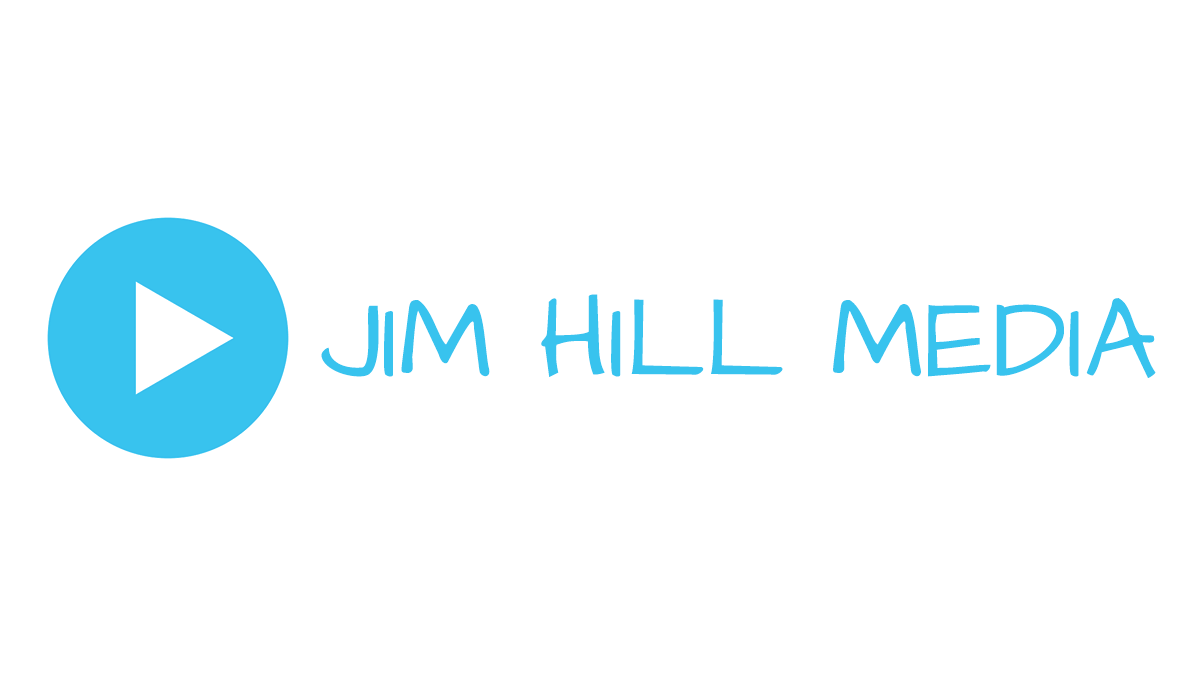
So, what’s up with Roy Disney being fired from Disney? Did he really get fired? How can a Disney get fired from Disney? Did he just give up? What’s so wrong with Michael Eisner?
If you’re unfortunate enough to serve as the unofficial source of Disney rumor and gossip verification among your friends and family, perhaps you too have been asked these questions over and over again during the past few weeks. While I have had my own theories about Roy Disney and Stanley Gold’s departure from the Disney board of directors, I wasn’t entirely sure what was really going on. Especially after seeing the original savedisney.com website, which a friend of mine described as “looking like it was done by a 5th grader.” However, after having a chance to hear Roy Disney speak in person at a NFFC (an organization for Disneyana enthusiasts) convention this past Saturday, I can now firmly say that I’m a believer in his course and in his cause.
I was fortunate enough to have been able to attend this presentation, and took copious notes so I could provide a detailed report to you, the loyal readers of JHM. Roy’s speech itself was very short as he chose to spend most of his time answering questions submitted by those in attendance, which I thought was a very nice touch. Throughout the address he joked repeatedly with the audience and had a very jovial, energetic, and upbeat demeanor. It’s very obvious that he’s from a family of showmen.
Disney began his speech by acknowledging the presence of his own son Roy, and stating the importance of his family’s support. He said that he called a family meeting shortly after his resignation where it was decided that the fight for the future of the Disney company “…. is just too important not to work together as a family.”
Roy then referenced the address of his savedisney.com website and detailed its latest improvements. In fact, he referred back to the website over and over again during his address. He stated that the new, improved savedisney.com site would be updated daily, and all news and information regarding his efforts would be promptly posted. He asked the audience for their support, and encouraged everyone to sign up at the website for future updates.
Roy then thanked the audience for attending, and said that he knew everyone in the room embraced “…the Disney idea, which you know as well as I do stands for quality, stands for families, stands for getting your money’s worth, and it stands for a lot of innovative and new and creative ideas that make things fun whenever you visit a park or go to a film. One of the reasons for my leaving, other than the fact that they fired me, is that I saw that quality slipping away from us.”
Asked about favorite memories of his father, Roy O. Disney, Roy said that he was most proud of him at the opening of Walt Disney World in 1971. Walt Disney died in 1966, and left behind all sorts of ill-defined plans for the huge parcels of land just purchased in Florida. Apparently Walt and Roy O. were having a bit of an argument at the time, with Walt wanting to build his city of the future, Epcot, and Roy O. wondering how that would make them any money. Roy O. maintained that a new Magic Kingdom and some resort hotels were needed first. “It happened that Walt died during that argument, so dad sort of won it by default. He [Roy O.] was about to retire, but put his heart and soul into opening Walt Disney World in Florida.”
Disney was next asked what his #1 concern for the future of the Walt Disney Company is. “That’s a hard question to answer without libel laws getting in the way. We need to do everything we do better than we do it, and I mean everything. And we can’t do it until we make up our minds that investing in the business to make things better is how we got where we got in the first place. We can’t undercut everything we do by skimping on maintenance, skimping on gates, skimping on films.” Roy continued, “And let me say this, there isn’t a person at the company, other than the few we know the names of who don’t believe that too – who would kill to make it better if they could. They don’t have the budgets and they don’t have the manpower, and the work is not appreciated. The people who are responsible for the quality and the upkeep aren’t there enough. [They] don’t understand the problems and don’t appreciate the hard work that goes into maintaining the parks as what they are and the films as what they are.”
Roy spent the next few minutes discussing the dismal cast member morale and what it would take to make improvements. “Everybody has, if given a chance to have it, pride in their work. There’s an enormous history in this company of people coming to work with us because it was a place where they could create a sense of well-being, fun, and unity. That needs to be reinforced again. Also, patting people on the back is not such a bad thing to do – I’ve certainly seen it in my own walking around the parks or walking around any part of the company at all. You know, just walk into a room, find out what they do, and be interested in complimenting them on their work. Part of anybody’s reward for what they do is what they bring home inside of them.”
Disney was asked about the fun side of his father – did he have to be serious all the time while Uncle Walt got to play around? “They all played around,” he said. “Dad was certainly the more serious of the two. Walt was like a big kid all his life, he loved to have fun.” Roy O. Disney was a man known for his fiscal care and sense, and for being the force that reigned in Walt’s over-active imagination and his subsequent dangerous spending habits. Roy continued, “You’re certainly going to read about me at some point – Roy just wants to go back to the past and all he wants to do is spend a lot of money. I certainly, having grown up with my father, know that you’re going to get what you pay for. But also that value created by investment is what makes our company grow.”
Then came the question I was hoping would be asked: We know you have lots of support, Roy, but there is, among your supporters, somewhat of a feeling of futility due to the position of power enjoyed by Michael Eisner and current management. Disney replied, “The main message right now that I can give everybody is that it may take a while. We’ve got to figure out how to keep the ball in the air and keep the heat on these people. They’re a little nervous; they’re saying rather strange things behind our backs. We’ll have some recommendations for those of you who are shareholders on how to deal with this upcoming annual meeting March 3rd in Philadelphia. Which is kind of a strange place for the Disney Company to meet, there’s a little escapism going on there. We will at some point, shortly, let you know at least how we’re going to vote – I guess you could probably guess.”
The next question, a follow-up, asked how those who are non-Disney stockholders can. “Register with us on the website and stay with us there,” Disney said. “We’ve just installed some software that will enable us to get back to everyone who registers on the website with information as it comes along.”
Then, just to make Jim Hill feel good after having devoted his entire web site to this issue for most of last week, Roy discussed the WDFA-F closure. Disney said, “I feel horrible about what happened in Florida. It was a series of things…that happened, all the result of unbelievably bad management. The main thing I feel about it is that all they’ve done is thrown out the baby and the bath water. These are the people who made Mulan, Lilo & Stitch, and Brother Bear. They were hard at work on the next one which I continue to think would have been a really cute movie, and were abruptly told that it wasn’t going to go on and they should look for another line of work. There’s a few, some 30 of 250, who are under contract and will probably move to L.A.” He continued, “To me, it’s a failure of management to figure out what to do with creative people. At the heart of it [is] a failure to recognize that creativity is the basis of this company; what it was founded on. Every time we’ve ever been successful at anything it’s because we’ve been creative people who have found new ways to do things…new ways to entertain…and certainly ways to get all of you who have cares, everyone of us have cares, ways to get you out of that for a few hours in your life. I think that is our mission. We should be, and forgive me for saying ‘we’ even though I don’t work there anymore, in a creative business. We’re not as creative as we were once.”
Continuing on the topic of WDFA-F Disney said, “It was the people I used to work with that made the job fun. I know, going there now, everybody’s looking over their shoulders, being careful what they say – you might get fired for saying that, or for having a different opinion or [for] voicing it. One of the reasons I’m here right now is because the board of directors was told never to speak about company business outside the boardroom without Michael Eisner’s permission. It came to a point, which is now, where the only way you could say what you think was to get out of there. And I promise you there’s an awful lot of people who would say the same thing I’m saying if they thought they could, and I find that…um….awful. That’s why things aren’t as good as they used to be. Because if you can’t have fun, and you’re supposed to make other people have fun, how the hell do you do that?
The final question asked Disney – Do you still visit Disneyland park and what changes have you noticed? “Well, I have to pay to get in now, that’s one big change. I have found, both here and in Florida, that the maintenance isn’t what it used to be. I see more and more junk on the ground that didn’t get picked up when that was like a reflex action. We’ve seen some of the bathrooms not as clean as they used to be, and light bulbs out and paint falling off, so we’ve seen a lot of change that’s not all good. There’s some good stuff, too…Matt Ouimet has come to replace Cynthia Harris as manager of Disneyland. I like Matt a lot, I think he’s a really good guy. Given the opportunity for him – that’s the hard part – to do his job the way he sees to do it, things will get better. There’s a lot of wonderful people who are like horses trying to get out of the corral, and we’re just going to try and let them out.
With that, Roy concluded his remarks to a loud and sustained standing ovation.
So, I gotta tell you folks – this guy is the real deal. I was mightily impressed by what I saw and heard. There’s hope indeed for the Walt Disney Company yet if Roy and Stanley can keep on track, keep the fire held to the feet of the current management team, keep working their plan, and continue to enjoy the support of thousands of Disney fans. This man understands, perhaps better than anyone else, what the Disney name means and what it stands for.
Roy knows what a beating it has taken under the current regime, and has taken the steps he has in order to restore it to its former glory. Most of you probably already know that he resigned from the Disney board once before – when he lead the 1984 ouster of then company president (and Walt’s son-in-law) Ron Miller. It was Roy (and Stanley Gold) that were instrumental in installing Michael Eisner and Frank Wells at the top of the Disney company, a move that saved the company in the eyes of most people. He’s been there, done that.
That’s not to say, of course, that he doesn’t have a long, uphill battle. Michael Eisner is firmly entrenched, and has surrounded himself with sympathetic supporters. The company is seeing improved financial results, and the stock price has been steadily climbing. Roy’s stock holdings are not at the level they were in 1984, and the company is not in near the precarious position that it was back then. But if anyone can pull this off, based on what I saw and heard last Saturday, it is the man whose name is still on the building.
History
The Evolution and History of Mickey’s ToonTown
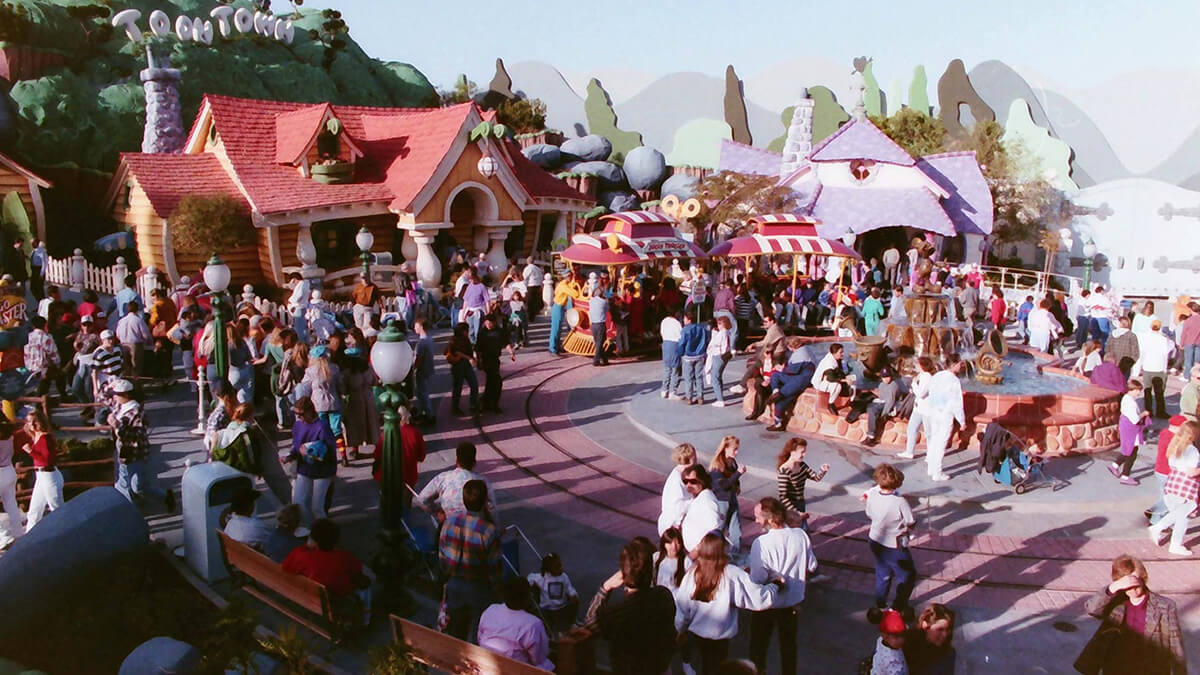
Disneyland in Anaheim, California, holds a special place in the hearts of Disney fans worldwide, I mean heck, it’s where the magic began after all. Over the years it’s become a place that people visit in search of memorable experiences. One fan favorite area of the park is Mickey’s Toontown, a unique land that lets guests step right into the colorful, “Toony” world of Disney animation. With the recent reimagining of the land and the introduction of Micky and Minnies Runaway Railway, have you ever wondered how this land came to be?
There is a fascinating backstory of how Mickey’s Toontown came into existence. It’s a tale of strategic vision, the influence of Disney executives, and a commitment to meeting the needs of Disney’s valued guests.
The Beginning: Mickey’s Birthdayland
The story of Mickey’s Toontown starts with Mickey’s Birthdayland at Walt Disney World’s Magic Kingdom. Opened in 1988 to celebrate Mickey Mouse’s 60th birthday, this temporary attraction was met with such overwhelming popularity that it inspired Disney executives to think bigger. The idea was to create a permanent, immersive land where guests could step into the animated world of Mickey Mouse and his friends.
In the early ’90s, Disneyland was in need of a refresh. Michael Eisner, the visionary leader of The Walt Disney Company at the time, had an audacious idea: create a brand-new land in Disneyland that would celebrate Disney characters in a whole new way. This was the birth of Mickey’s Toontown.
Initially, Disney’s creative minds toyed with various concepts, including the idea of crafting a 100-Acre Woods or a land inspired by the Muppets. However, the turning point came when they considered the success of “Who Framed Roger Rabbit.” This film’s popularity and the desire to capitalize on contemporary trends set the stage for Toontown’s creation.
From Concept to Reality: The Birth of Toontown
In 1993, Mickey’s Toontown opened its gates at Disneyland, marking the first time in Disney Park history where guests could experience a fully realized, three-dimensional world of animation. This new land was not just a collection of attractions but a living, breathing community where Disney characters “lived,” worked, and played.
Building Challenges: Innovative Solutions
The design of Mickey’s Toontown broke new ground in theme park aesthetics. Imagineers were tasked with bringing the two-dimensional world of cartoons into a three-dimensional space. This led to the creation of over 2000 custom-built props and structures that embodied the ‘squash and stretch’ principle of animation, giving Toontown its distinctiveness.
And then there was also the challenge of hiding the Team Disney Anaheim building, which bore a striking resemblance to a giant hotdog. The Imagineers had to think creatively, using balloon tests and imaginative landscaping to seamlessly integrate Toontown into the larger park.
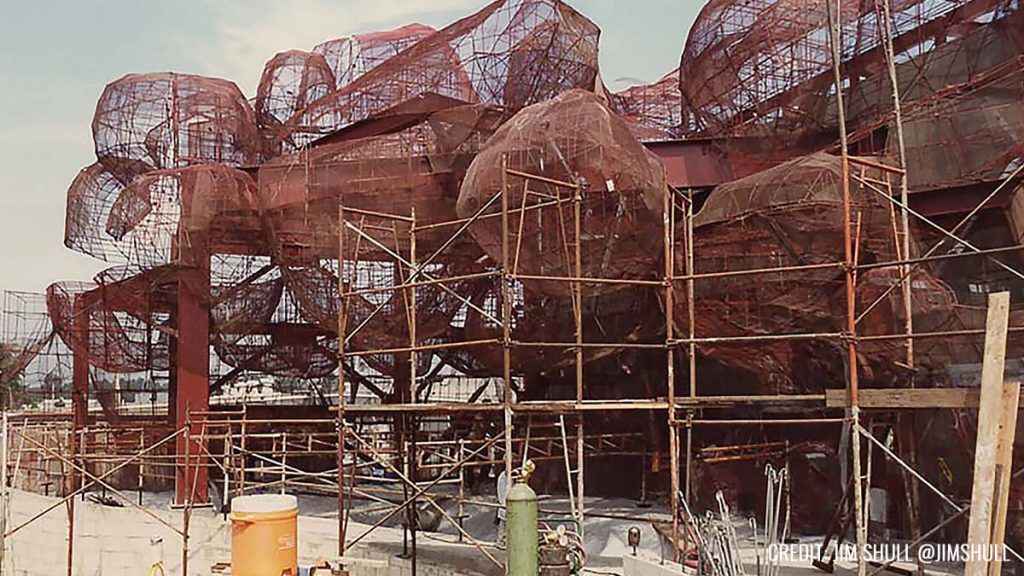
Key Attractions: Bringing Animation to Life
Mickey’s Toontown featured several groundbreaking attractions. “Roger Rabbit’s Car Toon Spin,” inspired by the movie “Who Framed Roger Rabbit,” became a staple of Toontown, offering an innovative ride experience. Gadget’s Go-Coaster, though initially conceived as a Rescue Rangers-themed ride, became a hit with younger visitors, proving that innovative design could create memorable experiences for all ages.
Another crown jewel of Toontown is Mickey’s House, a walkthrough attraction that allowed guests to explore the home of Mickey Mouse himself. This attraction was more than just a house; it was a carefully crafted piece of Disney lore. The house was designed in the American Craftsman style, reflecting the era when Mickey would have theoretically purchased his first home in Hollywood. The attention to detail was meticulous, with over 2000 hand-crafted, custom-built props, ensuring that every corner of the house was brimming with character and charm. Interestingly, the design of Mickey’s House was inspired by a real home in Wichita Falls, making it a unique blend of real-world inspiration and Disney magic.
Mickey’s House also showcased Disney’s commitment to creating interactive and engaging experiences. Guests could make themselves at home, sitting in Mickey’s chair, listening to the radio, and exploring the many mementos and references to Mickey’s animated adventures throughout the years. This approach to attraction design – where storytelling and interactivity merged seamlessly – was a defining characteristic of ToonTown’s success.
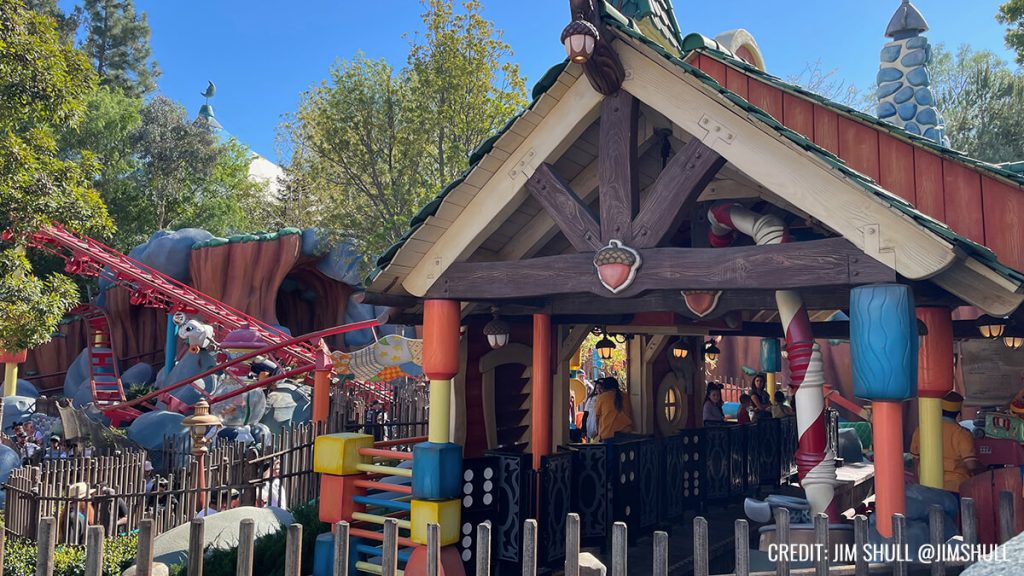
Executive Decisions: Shaping ToonTown’s Unique Attractions
The development of Mickey’s Toontown wasn’t just about creative imagination; it was significantly influenced by strategic decisions from Disney executives. One notable input came from Jeffrey Katzenberg, who suggested incorporating a Rescue Rangers-themed ride. This idea was a reflection of the broader Disney strategy to integrate popular contemporary characters and themes into the park, ensuring that the attractions remained relevant and engaging for visitors.
In addition to Katzenberg’s influence, Frank Wells, the then-President of The Walt Disney Company, played a key role in the strategic launch of Toontown’s attractions. His decision to delay the opening of “Roger Rabbit’s Car Toon Spin” until a year after Toontown’s debut was a calculated move. It was designed to maintain public interest in the park by offering new experiences over time, thereby giving guests more reasons to return to Disneyland.
These executive decisions highlight the careful planning and foresight that went into making Toontown a dynamic and continuously appealing part of Disneyland. By integrating current trends and strategically planning the rollout of attractions, Disney executives ensured that Toontown would not only capture the hearts of visitors upon its opening but would continue to draw them back for new experiences in the years to follow.
Global Influence: Toontown’s Worldwide Appeal
The concept of Mickey’s Toontown resonated so strongly that it was replicated at Tokyo Disneyland and influenced elements in Disneyland Paris and Hong Kong Disneyland. Each park’s version of Toontown maintained the core essence of the original while adapting to its cultural and logistical environment.
Evolution and Reimagining: Toontown Today
As we approach the present day, Mickey’s Toontown has recently undergone a significant reimagining to welcome “Mickey & Minnie’s Runaway Railway” in 2023. This refurbishment aimed to enhance the land’s interactivity and appeal to a new generation of Disney fans, all while retaining the charm that has made ToonTown a beloved destination for nearly three decades.
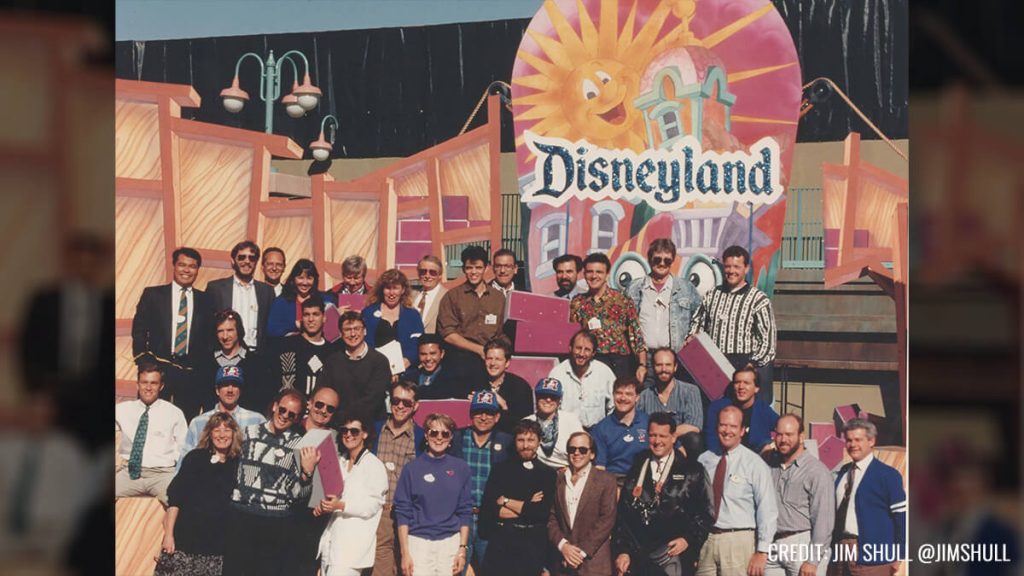
Dive Deeper into ToonTown’s Story
Want to know more about Mickey’s Toontown and hear some fascinating behind-the-scenes stories, then check out the latest episode of Disney Unpacked on Patreon @JimHillMedia. In this episode, the main Imagineer who worked on the Toontown project shares lots of interesting stories and details that you can’t find anywhere else. It’s full of great information and fun facts, so be sure to give it a listen!
History
Unpacking the History of the Pixar Place Hotel
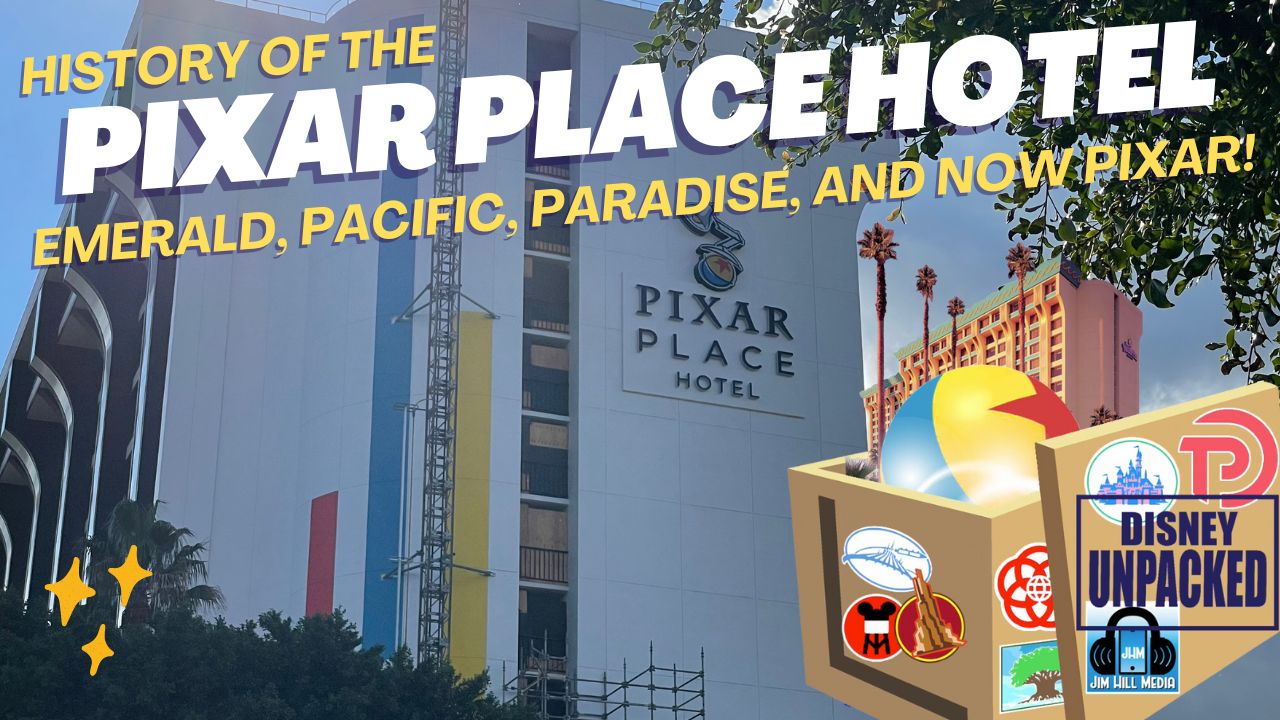
Pixar Place Hotel, the newly unveiled 15-story tower at the Disneyland Resort, has been making waves in the Disney community. With its unique Pixar-themed design, it promises to be a favorite among visitors.
However, before we delve into this exciting addition to the Disneyland Resort, let’s take a look at the fascinating history of this remarkable hotel.
The Emergence of the Disneyland Hotel
To truly appreciate the story of the Pixar Place Hotel, we must turn back the clock to the early days of Disneyland. While Walt Disney had the visionary ideas and funding to create the iconic theme park, he faced a challenge when it came to providing accommodations for the park’s visitors. This is where his friend Jack Wrather enters the picture.
Jack Wrather, a fellow pioneer in the television industry, stepped in to assist Walt Disney in realizing his dream. Thanks to the success of the “Lassie” TV show produced by Wrather’s company, he had the financial means to build a hotel right across from Disneyland.
The result was the Disneyland Hotel, which opened its doors in October 1955. Interestingly, the early incarnation of this hotel had more of a motel feel than a hotel, with two-story buildings reminiscent of the roadside motels popular during the 1950s. The initial Disneyland Hotel consisted of modest structures that catered to visitors looking for affordable lodging close to the park. While the rooms were basic, it marked the beginning of something extraordinary.
The Evolution: From Emerald of Anaheim to Paradise Pier
As Disneyland’s popularity continued to soar, so did the demand for expansion and improved accommodations. In 1962, the addition of an 11-story tower transformed the Disneyland Hotel, marking a significant transition from a motel to a full-fledged hotel.
The addition of the 11-story tower elevated the Disneyland Hotel into a more prominent presence on the Anaheim skyline. At the time, it was the tallest structure in all of Orange County. The hotel’s prime location across from Disneyland made it an ideal choice for visitors. With the introduction of the monorail linking the park and the hotel, accessibility became even more convenient. Unique features like the Japanese-themed reflecting pools added to the hotel’s charm, reflecting a cultural influence that extended beyond Disney’s borders.
Japanese Tourism and Its Impact
During the 1960s and 1970s, Disneyland was attracting visitors from all corners of the world, including Japan. A significant number of Japanese tourists flocked to Anaheim to experience Walt Disney’s creation. To cater to this growing market, it wasn’t just the Disneyland Hotel that aimed to capture the attention of Japanese tourists. The Japanese Village in Buena Park, inspired by a similar attraction in Nara, Japan, was another significant spot.
These attractions sought to provide a taste of Japanese culture and hospitality, showcasing elements like tea ceremonies and beautiful ponds with rare carp and black swans. However, the Japanese Village closed its doors in 1975, likely due to the highly competitive nature of the Southern California tourist market.
The Emergence of the Emerald of Anaheim
With the surge in Japanese tourism, an opportunity arose—the construction of the Emerald of Anaheim, later known as the Disneyland Pacific Hotel. In May 1984, this 15-story hotel opened its doors.
What made the Emerald unique was its ownership. It was built not by The Walt Disney Company or the Oriental Land Company (which operated Tokyo Disneyland) but by the Tokyu Group. This group of Japanese businessmen already had a pair of hotels in Hawaii and saw potential in Anaheim’s proximity to Disneyland. Thus, they decided to embark on this new venture, specifically designed to cater to Japanese tourists looking to experience Southern California.
Financial Challenges and a Changing Landscape
The late 1980s brought about two significant financial crises in Japan—the crash of the NIKKEI stock market and the collapse of the Japanese real estate market. These crises had far-reaching effects, causing Japanese tourists to postpone or cancel their trips to the United States. As a result, reservations at the Emerald of Anaheim dwindled.
To adapt to these challenging times, the Tokyu Group merged the Emerald brand with its Pacific hotel chain, attempting to weather the storm. However, the financial turmoil took its toll on the Emerald, and changes were imminent.
The Transition to the Disneyland Pacific Hotel
In 1995, The Walt Disney Company took a significant step by purchasing the hotel formerly known as the Emerald of Anaheim for $35 million. This acquisition marked a change in the hotel’s fortunes. With Disney now in control, the hotel underwent a name change, becoming the Disneyland Pacific Hotel.
Transformation to Paradise Pier
The next phase of transformation occurred when Disney decided to rebrand the hotel as Paradise Pier Hotel. This decision aligned with Disney’s broader vision for the Disneyland Resort.
While the structural changes were limited, the hotel underwent a significant cosmetic makeover. Its exterior was painted to complement the color scheme of Paradise Pier, and wave-shaped crenellations adorned the rooftop, creating an illusion of seaside charm. This transformation was Disney’s attempt to seamlessly integrate the hotel into the Paradise Pier theme of Disney’s California Adventure Park.
Looking Beyond Paradise Pier: The Shift to Pixar Place
In 2018, Disneyland Resort rebranded Paradise Pier as Pixar Pier, a thematic area dedicated to celebrating the beloved characters and stories from Pixar Animation Studios. As a part of this transition, it became evident that the hotel formally known as the Disneyland Pacific Hotel could no longer maintain its Paradise Pier theme.
With Pixar Pier in full swing and two successful Pixar-themed hotels (Toy Story Hotels in Shanghai Disneyland and Tokyo Disneyland), Disney decided to embark on a new venture—a hotel that would celebrate the vast world of Pixar. The result is Pixar Place Hotel, a 15-story tower that embraces the characters and stories from multiple Pixar movies and shorts. This fully Pixar-themed hotel is a first of its kind in the United States.
The Future of Pixar Place and Disneyland Resort
As we look ahead to the future, the Disneyland Resort continues to evolve. The recent news of a proposed $1.9 billion expansion as part of the Disneyland Forward project indicates that the area surrounding Pixar Place is expected to see further changes. Disneyland’s rich history and innovative spirit continue to shape its destiny.
In conclusion, the history of the Pixar Place Hotel is a testament to the ever-changing landscape of Disneyland Resort. From its humble beginnings as the Disneyland Hotel to its transformation into the fully Pixar-themed Pixar Place Hotel, this establishment has undergone several iterations. As Disneyland Resort continues to grow and adapt, we can only imagine what exciting developments lie ahead for this iconic destination.
If you want to hear more stories about the History of the Pixar Place hotel, check our special edition of Disney Unpacked over on YouTube.
Stay tuned for more updates and developments as we continue to explore the fascinating world of Disney, one story at a time.
History
From Birthday Wishes to Toontown Dreams: How Toontown Came to Be
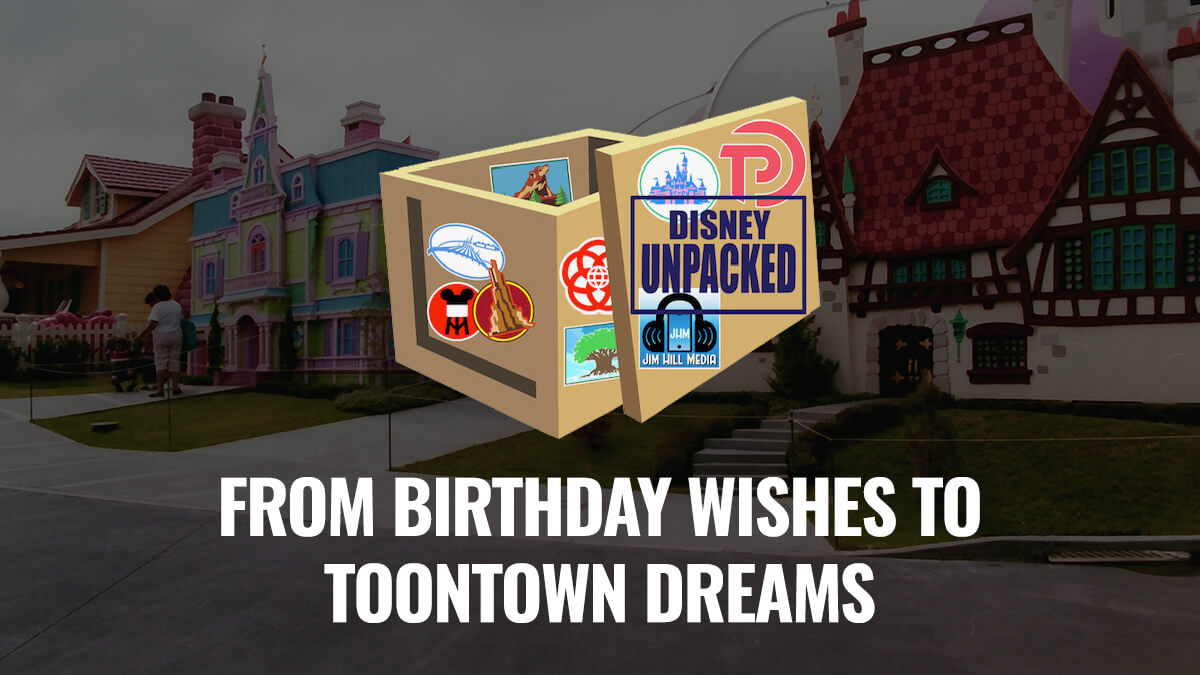
In the latest release of Episode 4 of Disney Unpacked, Len and I return, joined as always by Disney Imagineering legend, Jim Shull. This two-part episode covers all things Mickey’s Birthday Land and how it ultimately led to the inspiration behind Disneyland’s fan-favorite land, “Toontown”. But let’s not get ahead of ourselves here. It all starts in the early days at Disneyland.
Early Challenges in Meeting Mickey
Picture this: it’s the late 1970s and early 1980s, and you’re at Disneyland. You want to meet the one and only Mickey Mouse, but there’s no clear way to make it happen. You rely on Character Guides, those daily printed sheets that point you in Mickey’s general direction. But let’s be honest, it was like finding a needle in a haystack. Sometimes, you got lucky; other times, not so much.
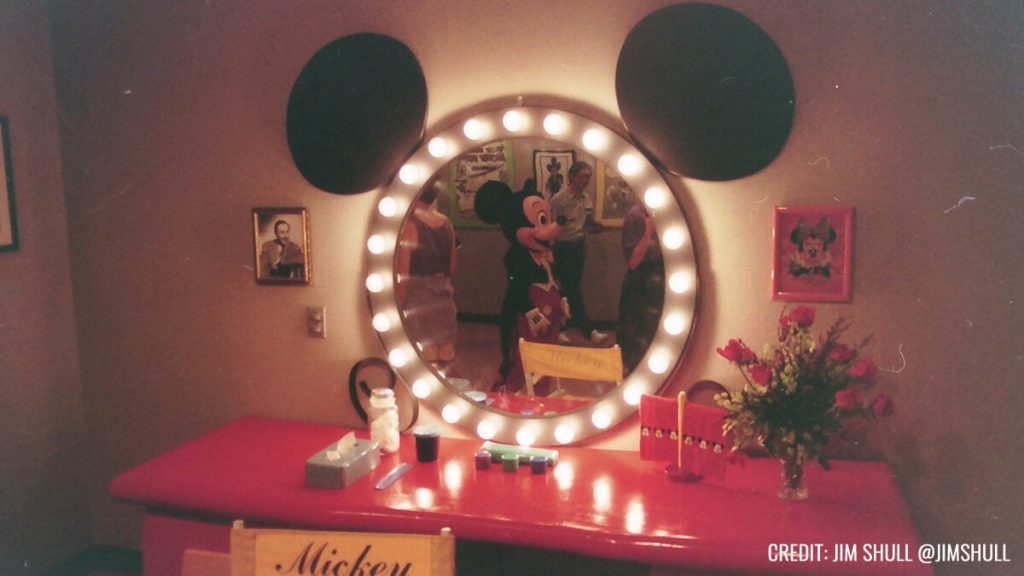
Mickey’s Birthdayland: A Birthday Wish that Came True
Fast forward to the late 1980s. Disney World faced a big challenge. The Disney-MGM Studios Theme Park was under construction, with the company’s marketing machine in full swing, hyping up the opening of Walt Disney World’s third theme park, MGM Studios, in the Spring of 1989. This extensive marketing meant that many people were opting to postpone their family’s next trip to Walt Disney World until the following year. Walt Disney World needed something compelling to motivate guests to visit Florida in 1988, the year before Disney MGM Studios opened.
Enter stage left, Mickey’s Birthdayland. For the first time ever, an entire land was dedicated to a single character – and not just any character, but the mouse who started it all. Meeting Mickey was no longer a game of chance; it was practically guaranteed.
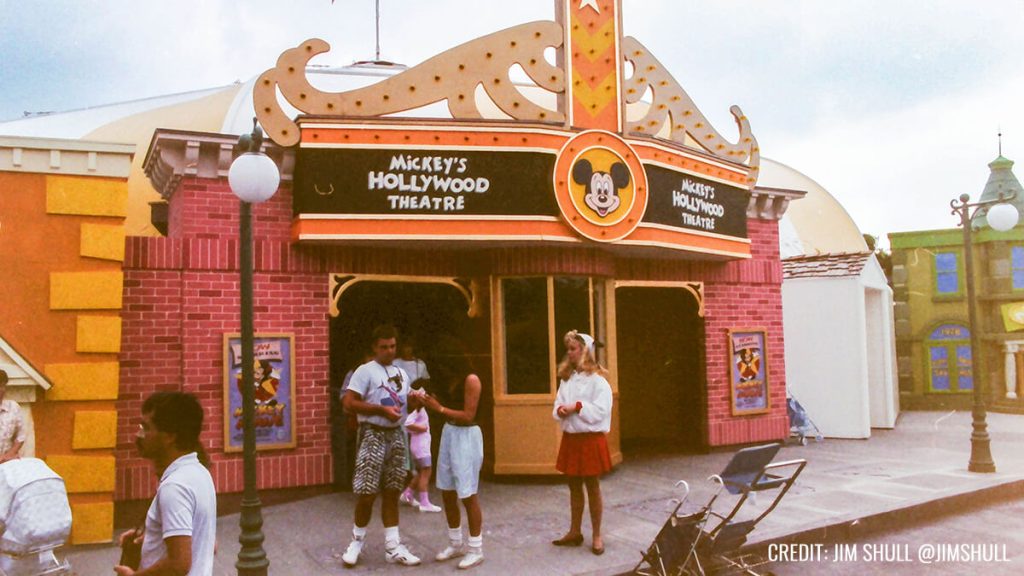
The Birth of Birthdayland: Creative Brilliance Meets Practicality
In this episode, we dissect the birth of Mickey’s Birthdayland, an initiative that went beyond celebrating a birthday. It was a calculated move, driven by guest feedback and a need to address issues dating back to 1971. Imagineers faced the monumental task of designing an experience that honored Mickey while efficiently managing the crowds. This required the perfect blend of creative flair and logistical prowess – a hallmark of Disney’s approach to theme park design.
Evolution: From Birthdayland to Toontown
The success of Mickey’s Birthdayland was a real game-changer, setting the stage for the birth of Toontown – an entire land that elevated character-centric areas to monumental new heights. Toontown wasn’t merely a spot to meet characters; it was an immersive experience that brought Disney animation to life. In the episode, we explore its innovative designs, playful architecture, and how every nook and cranny tells a story.
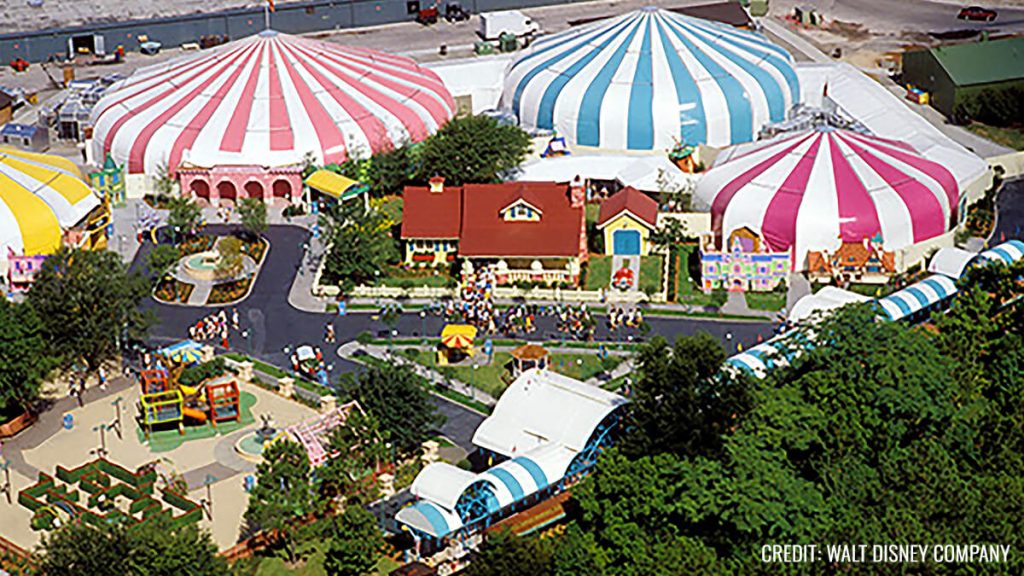
Impact on Disney Parks and Guests
Mickey’s Birthdayland and Toontown didn’t just reshape the physical landscape of Disney parks; they transformed the very essence of the guest experience. These lands introduced groundbreaking ways for visitors to connect with their beloved characters, making their Disney vacations even more unforgettable.
Beyond Attractions: A Cultural Influence
But the influence of these lands goes beyond mere attractions. Our episode delves into how Mickey’s Birthdayland and Toontown left an indelible mark on Disney’s culture, reflecting the company’s relentless dedication to innovation and guest satisfaction. It’s a journey into how a single idea can grow into a cherished cornerstone of the Disney Park experience.
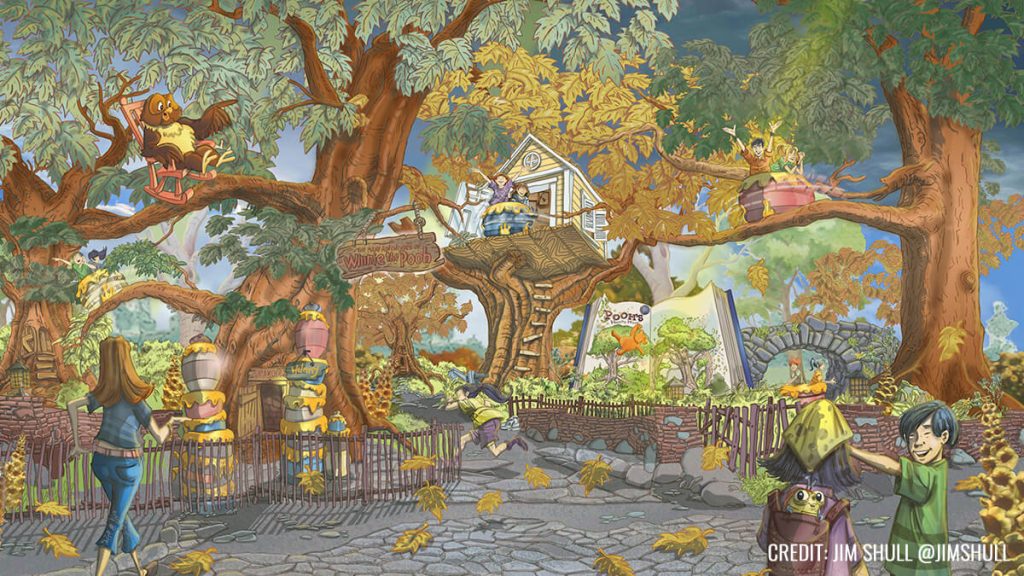
Unwrapping the Full Story of Mickey’s Birthdayland
Our two-part episode of Disney Unpacked is available for your viewing pleasure on our Patreon page. And for those seeking a quicker Disney fix, we’ve got a condensed version waiting for you on our YouTube channel. Thank you for being a part of our Disney Unpacked community. Stay tuned for more episodes as we continue to “Unpack” the fascinating world of Disney, one story at a time.
-
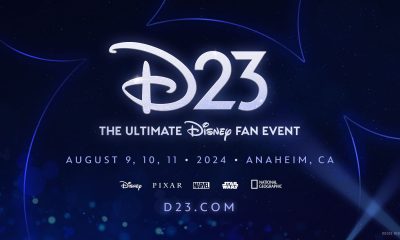
 News & Press Releases11 months ago
News & Press Releases11 months agoDisney Will Bring D23: The Ultimate Disney Fan Event to Anaheim, California in August 2024
-
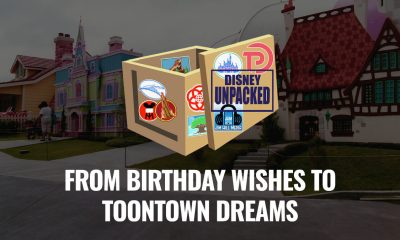
 History6 months ago
History6 months agoFrom Birthday Wishes to Toontown Dreams: How Toontown Came to Be
-
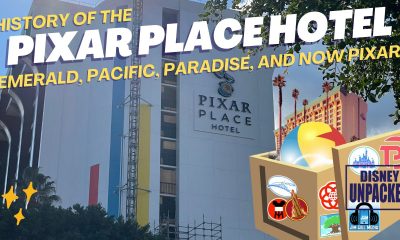
 History6 months ago
History6 months agoUnpacking the History of the Pixar Place Hotel
-
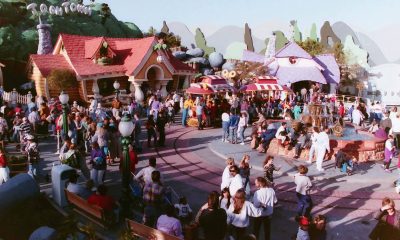
 History6 months ago
History6 months agoThe Evolution and History of Mickey’s ToonTown
-

 News & Press Releases5 months ago
News & Press Releases5 months agoNew Updates and Exclusive Content from Jim Hill Media: Disney, Universal, and More
-
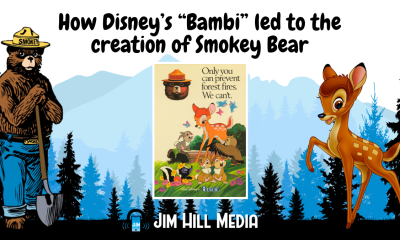
 Film & Movies3 months ago
Film & Movies3 months agoHow Disney’s “Bambi” led to the creation of Smokey Bear
-
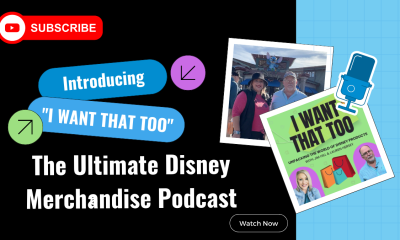
 Merchandise4 months ago
Merchandise4 months agoIntroducing “I Want That Too” – The Ultimate Disney Merchandise Podcast






